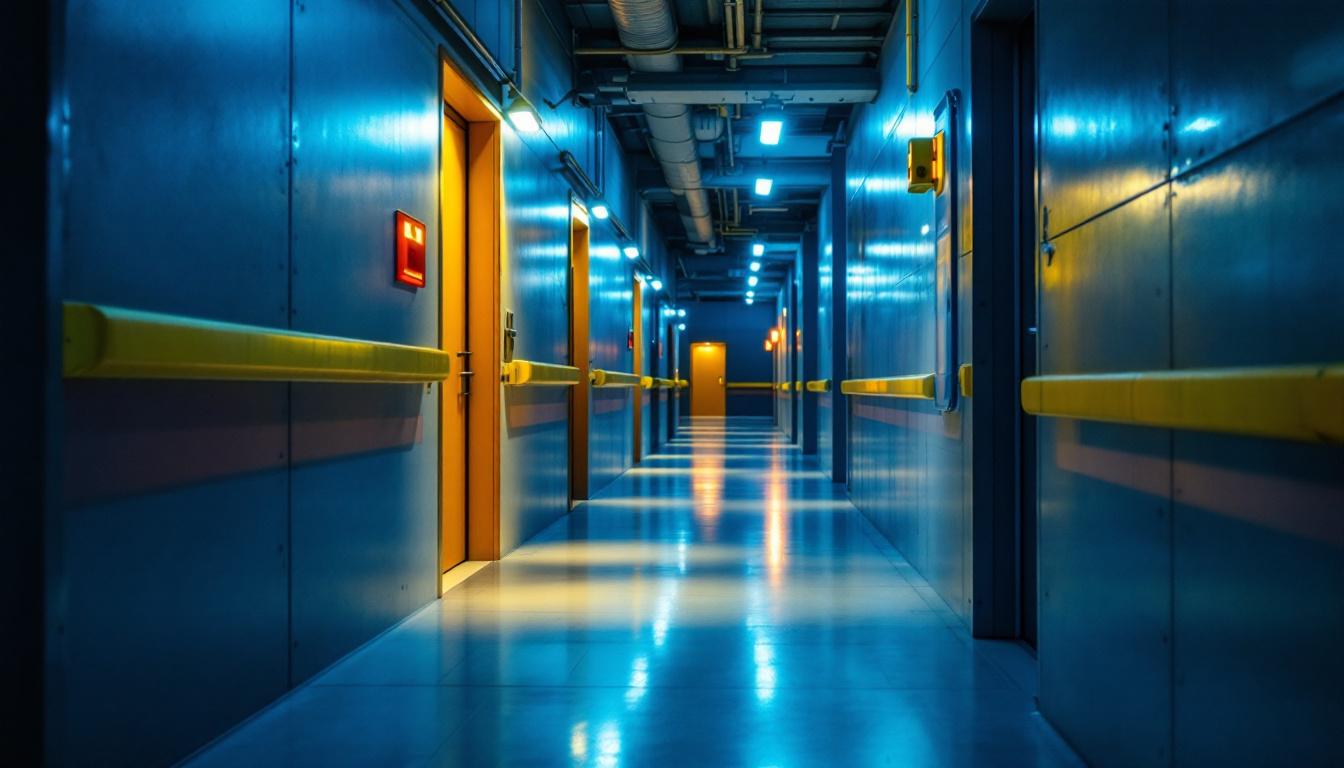
Egress lighting is essential for ensuring safe evacuation from buildings during emergencies. It serves as a guiding light for occupants, directing them toward exits and helping to prevent panic. For lighting contractors, understanding the requirements surrounding egress lighting is crucial, as it impacts project design, compliance, and overall safety.
These lighting systems must be strategically placed and adequately illuminated to meet local codes and regulations. This article delves into the various aspects of egress lighting requirements and how they influence the work of lighting contractors.
The primary purpose of egress lighting is to illuminate pathways, stairways, and exits to facilitate a quick and safe evacuation. In emergencies such as fires, power outages, or other crises, visibility can be severely compromised. Egress lighting helps mitigate these risks by providing clear guidance to occupants.
Moreover, egress lighting enhances the overall safety of a building, which is a significant factor in design and construction. Failing to meet egress lighting requirements can lead to serious consequences, including legal liabilities and increased insurance costs. Beyond mere compliance, effective egress lighting can also contribute to the overall aesthetic of a building, creating a welcoming environment while ensuring safety. Thoughtfully designed egress lighting can blend seamlessly with the architectural elements of a space, providing both functionality and visual appeal.
Lighting contractors must familiarize themselves with the various regulations that govern egress lighting. The National Fire Protection Association (NFPA) and the International Building Code (IBC) outline specific requirements for egress lighting systems. These regulations often vary by jurisdiction, making it essential for contractors to stay updated on local codes.
Common requirements include minimum illumination levels, placement of fixtures, and the use of emergency backup systems. Understanding these standards not only ensures compliance but also enhances the safety and functionality of the lighting design. Additionally, contractors should be aware of the latest advancements in egress lighting technology, such as LED systems that offer energy efficiency and longer lifespans. These modern solutions not only meet regulatory standards but also provide flexibility in design, allowing for innovative approaches to emergency lighting that can adapt to the unique needs of different spaces.
When designing egress lighting systems, several factors must be taken into account. The layout of the building, the number of occupants, and the types of activities taking place all play a role in determining the most effective lighting solutions. For instance, a high-rise office building may require different considerations compared to a small retail space, as the potential for crowding and the speed of evacuation can vary greatly. Understanding the unique characteristics of each environment is essential for creating a safe and efficient egress strategy.
Lighting contractors must also consider the aesthetics of the space. While safety is the primary concern, egress lighting should blend seamlessly with the overall design of the building. This balance between functionality and aesthetics can be challenging but is crucial for a successful project. Designers often collaborate with architects to ensure that the lighting fixtures complement the interior design elements, such as wall colors, materials, and furnishings. The use of decorative fixtures that still meet safety standards can enhance the overall ambiance while fulfilling regulatory requirements.
Illumination levels are a critical component of egress lighting design. The NFPA and IBC typically require a minimum illumination level of one foot-candle along the path of egress. This ensures that occupants can see and navigate their way to safety. However, in areas with higher traffic or where visibility is particularly important, higher illumination levels may be necessary. Lighting contractors must assess each project individually to determine the appropriate levels of illumination based on the specific needs of the building and its occupants. For example, in venues such as theaters or arenas, where the audience may need to exit quickly during an emergency, it is advisable to exceed the minimum requirements to provide a clear and safe passage.
Moreover, the use of photometric analysis tools can aid in predicting how light will behave in a given space. These tools allow designers to simulate different lighting scenarios, helping to identify potential issues before installation. By utilizing advanced modeling techniques, contractors can optimize the placement and intensity of lights, ensuring that every inch of the egress path is adequately illuminated.
Proper fixture placement is essential for effective egress lighting. Fixtures should be positioned to illuminate all exit paths, including corridors, stairways, and doorways. Additionally, the spacing of fixtures must be carefully calculated to avoid dark spots that could hinder visibility. In some cases, it may be beneficial to install fixtures at varying heights to ensure that light reaches all areas, particularly in spaces with high ceilings or complex architectural features.
Contractors should also consider the type of fixtures being used. LED lights, for instance, offer energy efficiency and longevity, making them a popular choice for egress lighting. However, the color temperature and beam angle also play a role in how effectively these lights illuminate pathways. A cooler color temperature can enhance visibility, while a warm color may create a more inviting atmosphere. Additionally, adjustable beam angles can help focus light where it is needed most, further enhancing the safety and functionality of the egress system.
In many jurisdictions, egress lighting systems must include emergency backup systems to ensure they remain operational during power outages. These systems typically consist of battery-operated lights that automatically activate when the main power supply is interrupted. The reliability of these systems is paramount, as they can mean the difference between safe evacuation and chaos during an emergency.
Lighting contractors must be familiar with the various options available for emergency backup systems, including self-contained units and centralized battery systems. The choice of system can significantly impact the overall design and functionality of the egress lighting solution. For instance, centralized systems may require more extensive wiring and maintenance but can offer a more streamlined appearance by reducing the number of visible fixtures. On the other hand, self-contained units are easier to install and maintain, making them a practical choice for many applications. Additionally, regular testing and maintenance protocols should be established to ensure that these systems are always in optimal working condition, providing peace of mind for building occupants and owners alike.
Lighting contractors often encounter various challenges when working on egress lighting projects. From navigating complex regulations to addressing the unique needs of each building, these challenges require a thorough understanding of both technical and design aspects.
Additionally, contractors must stay informed about the latest technologies and trends in egress lighting. As new products and solutions emerge, contractors must adapt their designs and installation practices to incorporate these advancements effectively.
One of the most significant challenges for lighting contractors is ensuring compliance with all relevant regulations. Navigating the myriad of local, state, and federal codes can be daunting, particularly for those new to the industry.
Contractors must invest time in research and training to stay abreast of changes in regulations. Collaborating with code officials and fire marshals can also provide valuable insights and help clarify any uncertainties regarding compliance requirements.
Budget constraints are another common challenge in egress lighting projects. Clients often seek cost-effective solutions that meet safety requirements without compromising quality. Lighting contractors must find a balance between meeting these expectations and ensuring that the egress lighting system is effective and compliant.
By leveraging energy-efficient technologies and exploring innovative design solutions, contractors can help clients achieve their goals while staying within budget. This approach not only enhances client satisfaction but also contributes to the contractor’s reputation for delivering quality work.
The lighting industry is continually evolving, with new technologies emerging that can enhance egress lighting systems. From smart lighting solutions to advanced control systems, these innovations can improve safety and efficiency.
However, keeping up with these advancements can be challenging for contractors. It requires ongoing education and training to ensure that they can effectively incorporate new technologies into their projects. Embracing these innovations can ultimately set contractors apart in a competitive market.
To ensure the successful installation of egress lighting systems, contractors should follow best practices that promote safety, compliance, and efficiency. These practices not only streamline the installation process but also enhance the overall quality of the lighting solution.
From conducting thorough site assessments to implementing effective project management strategies, adhering to best practices can significantly impact the success of egress lighting projects.
A comprehensive site assessment is crucial for determining the most effective egress lighting solutions. This assessment should include an evaluation of the building layout, occupancy levels, and potential hazards that may impact evacuation.
By understanding the unique characteristics of the space, contractors can design egress lighting systems that are tailored to the specific needs of the building and its occupants. This personalized approach enhances safety and ensures compliance with regulations.
Collaboration is key to the successful implementation of egress lighting projects. Lighting contractors should work closely with architects, engineers, and other professionals involved in the design and construction process. This teamwork ensures that all aspects of the project are aligned and that egress lighting is seamlessly integrated into the overall design.
Regular communication and collaboration can also help identify potential issues early in the project, allowing for timely adjustments and solutions. This proactive approach can save time and resources, ultimately leading to a more successful project outcome.
Once egress lighting systems are installed, regular maintenance and testing are essential to ensure their continued functionality. Contractors should establish a maintenance schedule that includes routine inspections, testing of emergency backup systems, and replacement of any faulty components.
By prioritizing maintenance, contractors can help ensure that egress lighting systems remain operational and effective in emergencies. This commitment to quality and safety can enhance the contractor’s reputation and foster long-term client relationships.
Egress lighting is a critical component of building safety, and understanding its requirements is essential for lighting contractors. By familiarizing themselves with regulations, design considerations, and best practices, contractors can deliver effective and compliant egress lighting solutions.
As the industry continues to evolve, staying informed about new technologies and trends will further enhance the capabilities of lighting contractors. By embracing these changes and prioritizing safety, contractors can ensure successful project outcomes and contribute to the overall well-being of building occupants.
Ready to elevate your egress lighting projects with superior quality and value? Look no further than LumenWholesale. Our extensive selection of spec-grade lighting products is designed to meet the highest industry standards, ensuring your installations are not only compliant but also exceptionally reliable. With unbeatable wholesale prices and the convenience of free shipping on bulk orders, you can trust LumenWholesale to provide the best lighting solutions for your needs. Don’t let inflated markups dim your project’s potential. Experience the perfect blend of quality, affordability, and convenience today by visiting Wholesale Lighting at the Best Value.
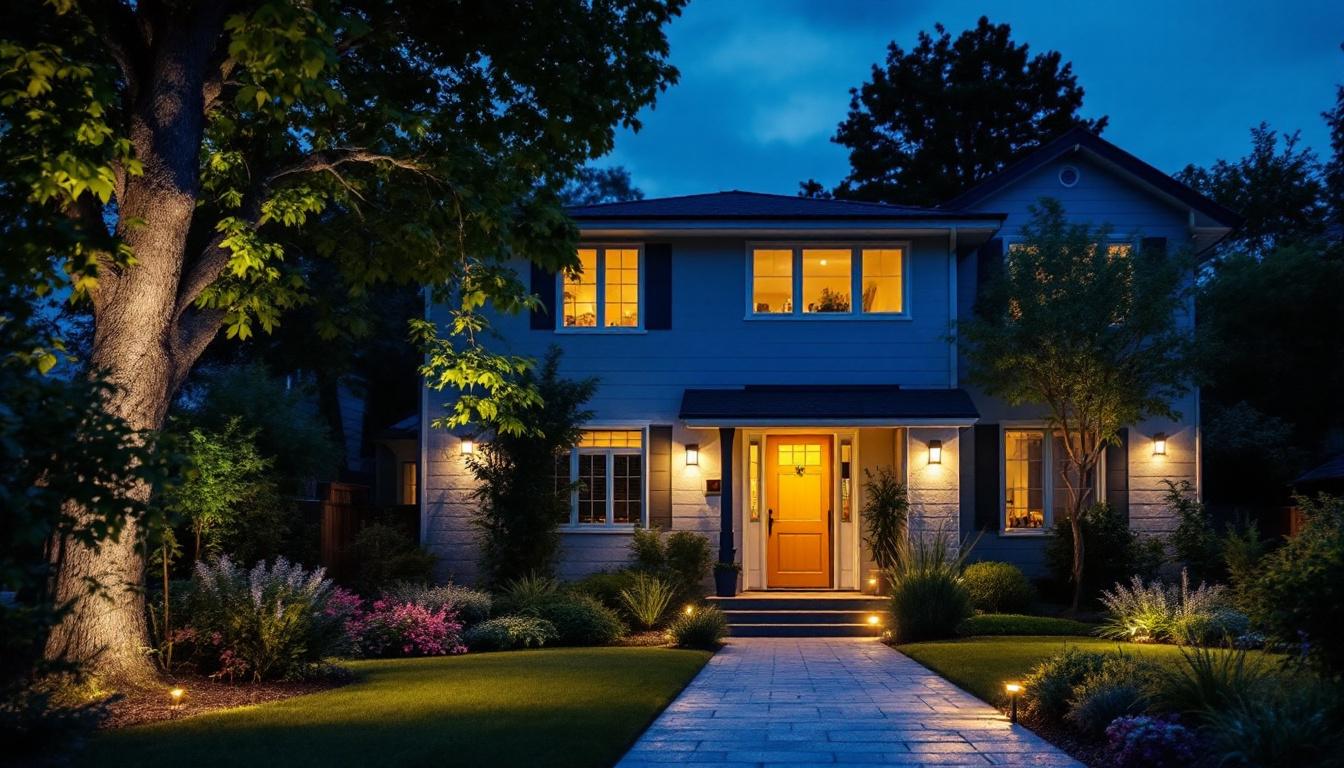
Discover the essential checklist for lighting contractors to ensure optimal installation and performance of outside security lights.
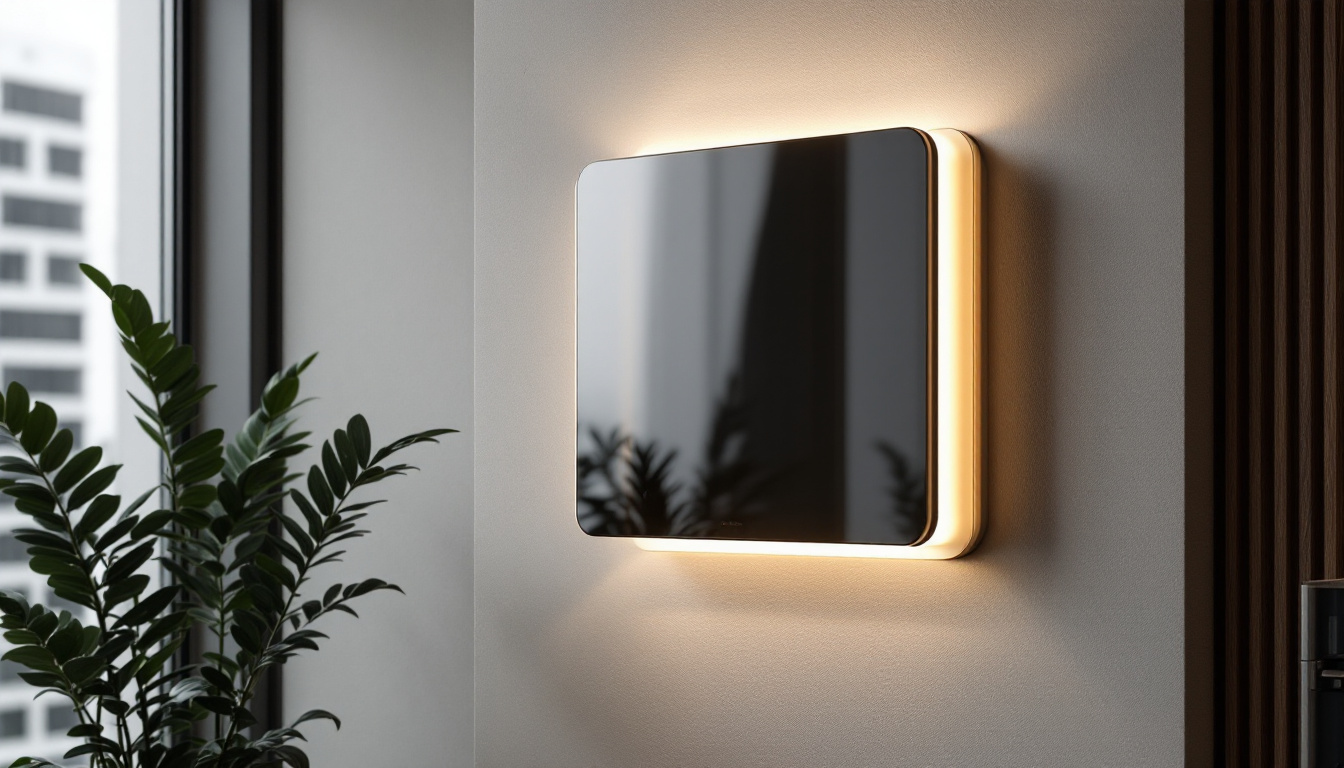
Discover how wall shields can transform your lighting projects by enhancing aesthetics and functionality.
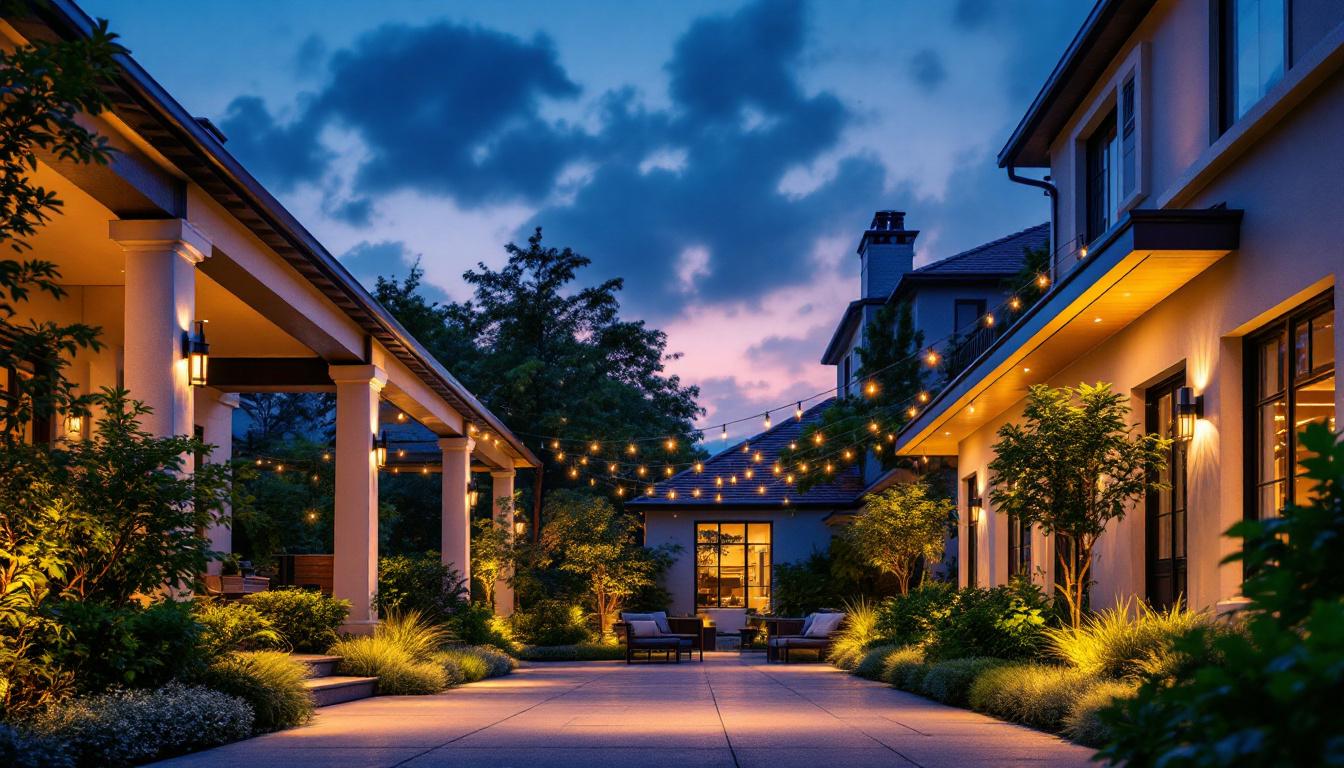
Discover the essential insights into overhead outdoor lighting with answers to the most common questions posed by lighting contractors.
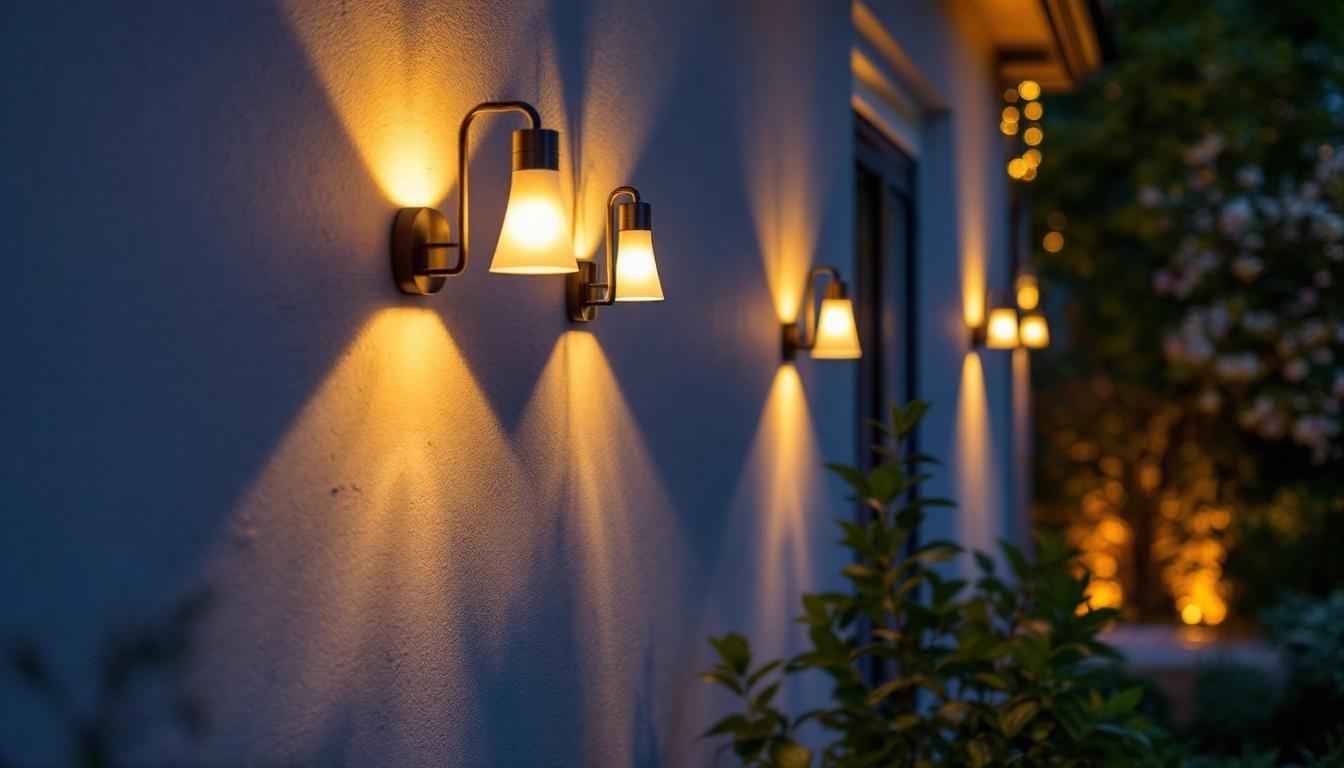
Explore how the choice of outside light fixtures impacts lighting contractors’ profitability.